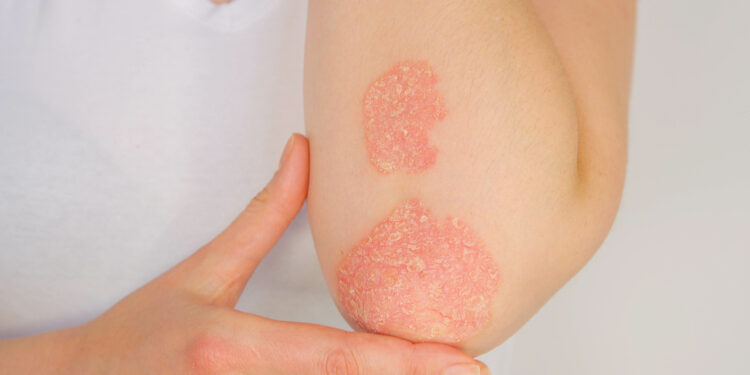What is the role of diseases of the skin microbiome in the Environment?
So-called environmental diseases of the skin such as psoriasis or atopic dermatitis have increased in recent decades. As a trigger, the damage to the skin’s natural multiple device more and more under suspicion. This protective layer of the skin acts as a barrier, which is in direct contact with the environment. However, the study of the skin multiple is still in its infancy.

Researchers at the Christian-Albrechts-University of Kiel, Germany have set themselves the goal to shed light on the Microbiome of the skin and the role of the microbial community in the development of skin diseases such as environmental diseases in more detail. Their first results were recently presented in the journal “The ISME Journal”.
The Microbiome of the skin is currently a mystery
The Western style of Life and the ongoing effect of end distance of the nature, the diversity of the microbial colonization of the body decreases significantly. More and more research groups in this impoverishment of the Multiple the reason for inflammatory disease of the skin, which frequently manifest as psoriasis or eczema. The skin microbiome represents an important potential therapeutic target in Umwelerkrankungen, but currently, the knowledge about this microbial community is severely limited.
What was studied?
For his fundamental research, the Team different mouse models used. The scientists wanted to find out how the skin microbiome is different in wild mice, the Microbiome of laboratory mice. Was examined the skin microbiome of a total of 200 wild mice from around 30 different life. This was compared with the Microbiome of laboratory mice, living in hygienic environments. On this basis, in the future, improved dermatological models for the people to be created.
The basic composition was similar to
Advertisement
As a first basic knowledge of the Team led by Professor John Baines discovered that the General composition of the microorganisms on the skin shows in the case of wild animals, and laboratory mice great Matches, although the conditions of life differ radically from each other. This suggests that a large part of the settlement live by the host of beings is controlled.
“This global Consistency suggests that, despite the large Pools to the settlement of the question of the micro-organisms come in the environment especially in a relatively similar and stable composition of microorganisms on the skin of the animals moving”, emphasized study first author Dr. Meriem Belheouane. This process seems to be independent of the actual living conditions and habitats to expire.
The difference is in the Detail
Advertisement
Some of the differences but there was The skin of wild mice showed some of the microbes, which seem to be dependent on the habitat available. Especially within the bacteria of the genus Staphylococcus it came to differences between laboratory mice and wild animals. The differences suggest that certain bacteria develop only in dependence of the habitat, to take over certain functions within the Multiple.
What does this mean for the people?
This model provides important foundations that contribute to a better understanding of the skin multiple. In the future, it will be investigated how the Microbiome of the human skin is different in the diseased state of the skin in healthy condition. The mice also provide first clues as to why wild animals have different immune characteristics as a laboratory mice. “The new findings can help the biomedical skin research forward and make a further step in the direction of future therapeutic interventions, based on the skin microbiome,” says Baines. (vb)
